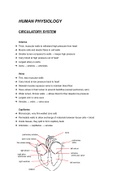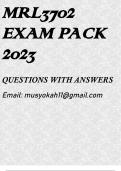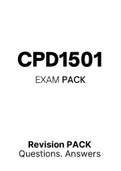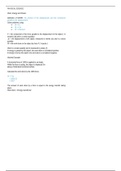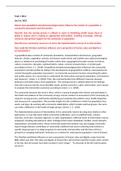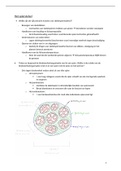Summary
Summary Human Physiology
- Module
- IB Biology
- Institution
- Peter Symonds College Winchester
very detailed Human Physiology notes, including: circulatory system, gas exchange (respiratory system), male and female reproductive systems, neurons and synapses, defence against infectious diseases, nervous system, and homeostasis.
[Show more]
